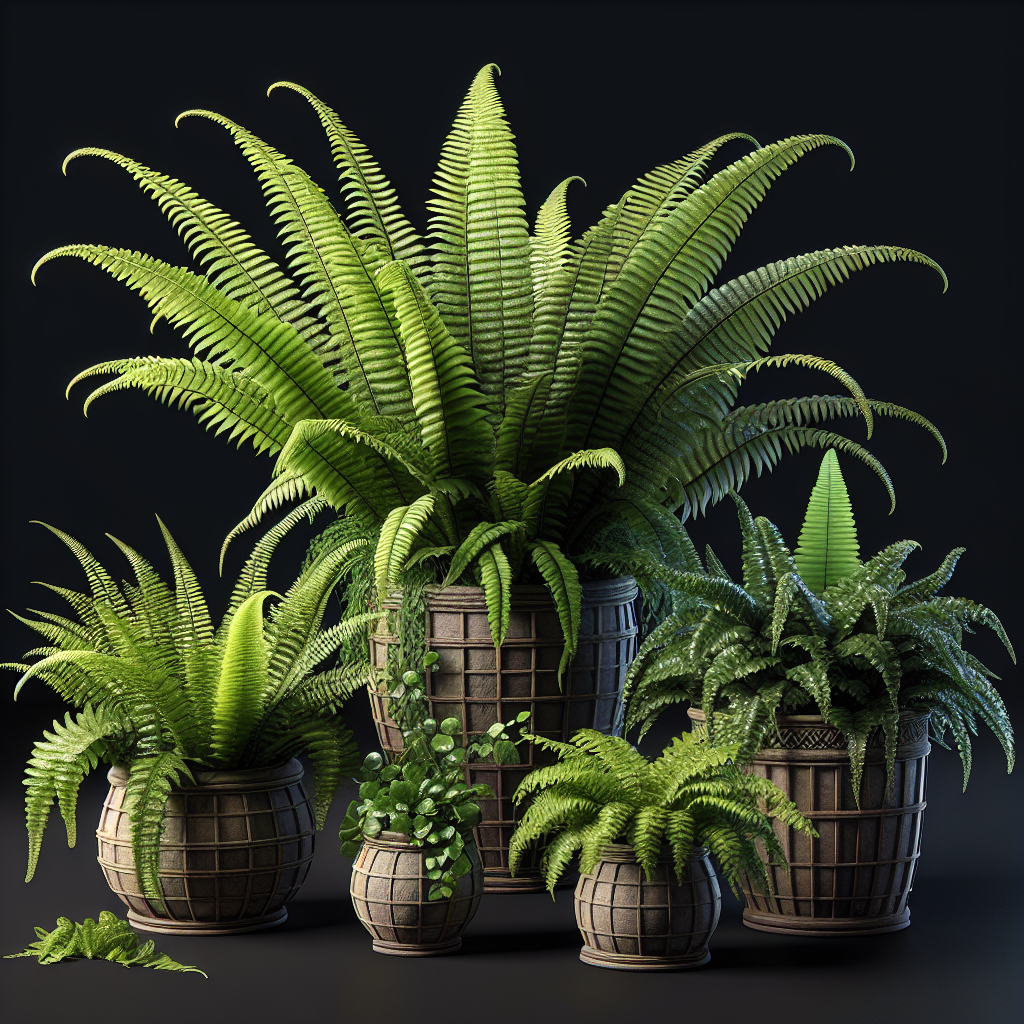Ferns have long been a popular choice for indoor plants due to their lush, green foliage and ability to thrive in low-light conditions. However, when it comes to growing ferns in containers, there are certain considerations that need to be taken into account in order to ensure the plants remain healthy and vibrant. In this article, we will discuss the light requirements and temperature considerations for growing ferns in containers.
Light Requirements for Ferns in Containers
One of the most important factors to consider when growing ferns in containers is light. While ferns are known for their ability to thrive in low-light conditions, they still require some degree of light in order to photosynthesize and grow properly.
Most ferns prefer indirect or filtered light rather than direct sunlight, as too much sun exposure can scorch their delicate fronds. In general, placing your ferns near a window where they can receive bright, indirect light is ideal. East or north-facing windows are typically best for ferns, as they provide gentle morning or evening sunlight without the intense heat of midday sun.
If you do not have access to a window with sufficient light, you may need to supplement with artificial lighting. LED grow lights are a popular option for providing supplemental light to indoor plants, including ferns. Place the lights above the plants and adjust their height according to the specific needs of your fern species.
It’s important to monitor your ferns closely and adjust their position as needed based on how they respond to the available light. Signs that your fern is not getting enough light include pale green fronds, slow growth, or leaves that are smaller than usual. On the other hand, if your fern is receiving too much light, its fronds may become scorched or bleached-looking.
Temperature Considerations for Ferns in Containers
In addition to proper lighting conditions, maintaining the right temperature is also crucial for ensuring the health and well-being of your container-grown ferns. Most fern species prefer temperatures between 60-75 degrees Fahrenheit (15-24 degrees Celsius), making them well-suited for indoor environments.
It’s important to avoid placing your ferns near drafty windows or air vents that could expose them to extreme temperature fluctuations. Ferns are sensitive plants that thrive in consistent conditions, so try to maintain a stable temperature within their preferred range.
During the winter months when indoor heating systems can dry out the air, it’s a good idea to increase humidity levels around your ferns by using a humidifier or placing a shallow tray filled with water and pebbles near the plant. This will help keep their fronds moist and prevent them from drying out.
On the other hand, high temperatures can also be detrimental to ferns, causing them stress and potentially leading to wilting or leaf drop. If you live in a hot climate or experience particularly warm summers, consider moving your ferns away from direct sunlight during the hottest part of the day or providing shade with sheer curtains.
Overall, by paying attention to both light requirements and temperature considerations when growing ferns in containers, you can create an ideal environment for these beautiful plants to thrive indoors. With proper care and attention, your container-grown ferns will reward you with lush foliage and vibrant greenery year-round.













